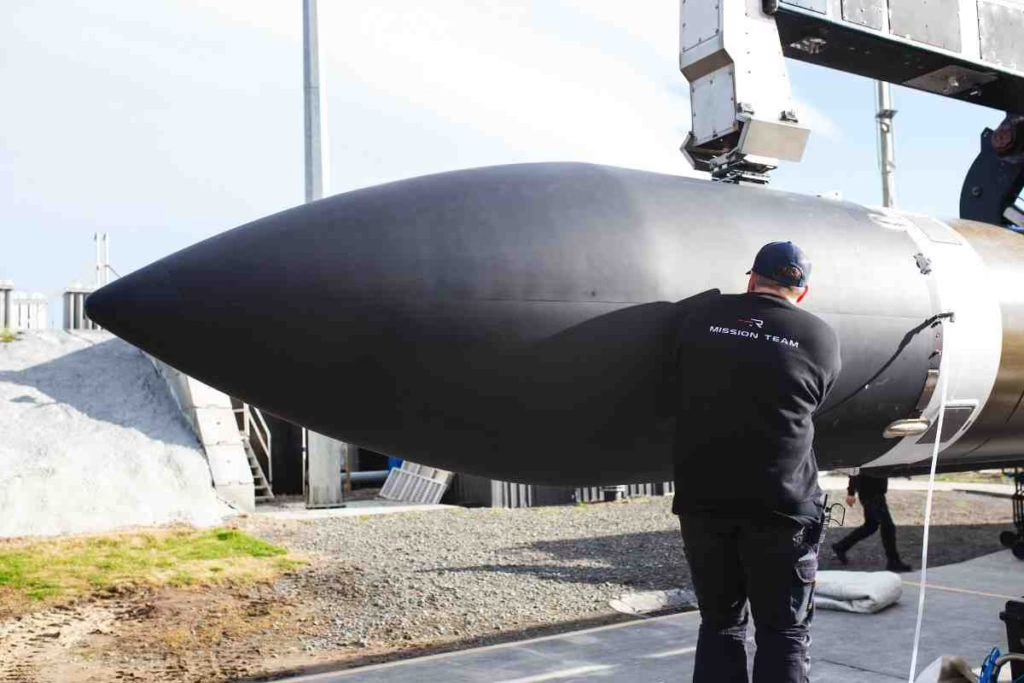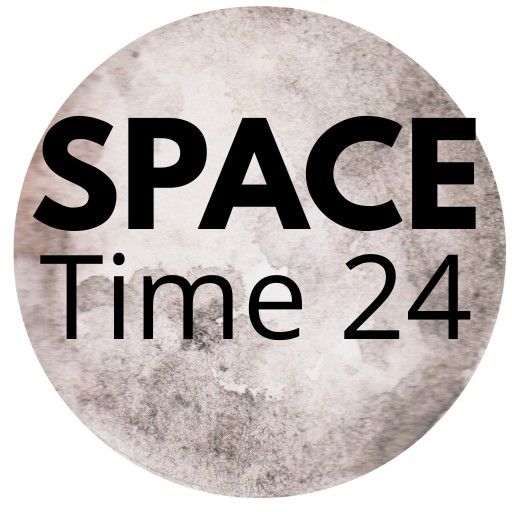Hi friends! Get ready to witness another milestone in space exploration.What Is Rocket Labs Symphony In The Stars is launching today, marking a significant moment in the growing world of commercial spaceflight. We dive into everything you need to know about this mission: its purpose, the cutting‑edge technology involved, Rocket Lab’s track record, and the greater implications for the future of satellite deployment.

What Is Rocket Labs Symphony In The Stars ?
“Symphony In The Stars” is the name of Rocket Lab’s latest mission, scheduled for liftoff today from their launch complex in New Zealand. This mission carries a single commercial satellite bound for Low Earth Orbit (LEO) at approximately 650 km altitude, on behalf of a customer that prefers to remain confidential. The choice of name reflects the precision, harmony, and orchestration involved in conducting such a launch—like a symphony in the cosmic arena.
Who Is Rocket Lab and Why It Matters
Founded in 2006, Rocket Lab has established itself as a key player in the small‑satellite launch market. Their two-stage, carbon-composite Electron rocket provides dedicated, rapid-launch capability that is agile, efficient, and affordable—qualities ideal for companies and agencies wanting nimble space access.
Highlights of Rocket Lab’s Achievements:
- Over 40 Electron missions flown as of mid-2025
- A launch success rate above 90%
- First private company to achieve weather-balloon-style recovery of first-stage boosters
- Ongoing work on Neutron, their next-generation medium-lift rocket
Hi friends, Rocket Lab is more than a launch provider; it’s a pioneer in reshaping how we access space.
Why the Name Rocket Lab’s Symphony In The Stars ?
There’s a poetic reason behind the mission’s musical title. Much like an orchestra, a launch involves countless elements—rocket design, mission planning, payload integration, and launch operations—all working in harmony. The name celebrates the orchestrated coordination required to send a satellite into precise orbit.
Mission Overview: What to Expect Today
- Launch Window & Site
Rocket Lab’s Launch Complex 1 is nestled on the Māhia Peninsula, New Zealand. The mission has a planned launch window spanning a couple of hours, timed to allow safe insertion into the target trajectory. - The Electron Rocket
Electron stands about 17 meters tall, using nine Rutherford engines on the first stage and a single Rutherford Vacuum engine in the second, all powered by battery-driven electric pumps. - Payload Integration
The confidential satellite was integrated into Electron’s Kick Stage, the uppermost stage responsible for final orbital insertion. - Launch Sequence
- T‑60 sec: Final pre‑launch checks
- Liftoff and Max-Q
- First‑stage separation ~70 sec after liftoff
- Second stage ignited immediately
- Kick Stage deploys customer satellite at 650 km LEO
- Post-Launch Operations
Once deployed, the Kick Stage performs a targeted deorbit burn, returning to Earth, while the payload establishes communication with mission control.
The Strategic Importance of 650 km LEO
LEO ranges from 160 to 2,000 km. But 650 km holds unique advantages:
- Lower drag than lower altitudes
- Ideal for high-resolution Earth imaging
- Near-optimal for global coverage in key orbits
- Close enough for efficient communications
Hi friends, picking 650 km is no accident—it balances duration, performance, and cost.
Who Might the Confidential Customer Be?
While the client’s identity isn’t public, the satellite could serve purposes like:
- Earth observation for agriculture, environmental monitoring, or urban planning
- Communications, possibly an IoT or secure data relay node
- Testing emerging space technologies such as high-bandwidth laser comms or in-orbit servicing
With the private space sector booming, secrecy often indicates cutting-edge or proprietary payloads.
The Benefits of Single-Satellite Launches
In a field growing increasingly focused on constellations, single satellite missions offer:
- Dedicated orbit and timing
- Lower complexity in scheduling
- Rapid deployment of new technology
- Greater operational flexibility
Rocket Lab’s model has proven popular with missions demanding precision and timeline control.
Rocket Lab’s Launch Process: Precision in Every Step
Pre-Launch:
- Payload integrated at Mahia
- Kick Stage stack assembled
- Environmental testing and leak checks
Countdown & Launch:
- L‑60 sec: final systems go/no-go
- L‑0: ignition and liftoff
- First-stage flight, separation, and recovery
- Second-stage / Kick Stage ascent
Orbital Insertion:
- Kick Stage final burn targeting 650 km LEO
- Satellite release and verification of proper spin and trajectory
Post-Insertion:
- Payload checks begin with command uplinks
- Kick Stage de-orbits to minimize space debris
Rocket Lab’s Reusability and Sustainability Mission
Rocket Lab continues to innovate with:
- Recovery of first-stage boosters using helicopter recovery (recent successes)
- Payload deorbiting for sustainability
- Planned reuse in future Electron rockets
They strike a balance between reducing launch costs and preserving orbital environments.
The Future: What Rocket Lab Is Building
Aside from Electron, Rocket Lab is developing:
- Neutron rocket (medium-lift, reusability focus)
- Photon satellite platform for turnkey spacecraft
- In-orbit manufacturing and satellite servicing advancements
Today’s mission is a stepping stone toward broader ambitions.
Why What Is Rocket Labs Symphony In The Stars : Mission Matters to You
Hi friends, you might wonder why a single satellite to LEO is important. Here’s why:
- Democratization of space access
- Faster deployment of Earth observation and connectivity
- Encouraging innovation with room for experimentation
- Supporting industries like agriculture, telecom, and security
Each mission pushes us closer to a future where everyone benefits from space data and technology.
What’s Next for What Is Rocket Labs Symphony In The Stars ?
- Payload commissioning: Initial testing of satellite systems
- Operational deployment: Bringing satellite fully online
- Data release: Depending on mission type, data could start streaming in weeks
- Client announcements: After an initial quiet phase, public news may reveal customer and satellite details
A Glimpse at Launch Day: Community Experience
Today’s launch is an event—not just for engineers, but for space fans everywhere:
- Livestream coverage with mission commentary
- Social media sharing using Rocket Lab’s updates
- Online communities analyzing telemetry and orbital insertion success
- A collective cheer when “Liftoff!” echoes live
Hi friends, launches like this bring us all together, connecting us to the cosmos.
Looking Beyond: The Broader Impact of This Mission
Rocket Lab’s mission isn’t just about one satellite. It’s about:
- Strengthening small satellite deployment
- Lowering barriers for commercial customers
- Paving the way for future Earth-to-Mars communication nodes
- Demonstrating efficient, sustainable space operations
Each step brings us closer to space becoming as routine as air travel.
What Is Rocket Labs Symphony In The Stars : Final Thoughts
Hi friends, Rocket Lab’s Symphony In The Stars launch is more than a mission—it’s a signature in the ongoing narrative of space innovation. With precision engineering, commercial ambition, and a whisper of artistry in its name, this launch symbolizes the promise and trajectory of modern spaceflight.
Here’s to smooth countdowns, boosters recovered safely, and satellites singing their tune in the silent symphony of the stars.
News Source:-
What Is Rocket Labs Symphony In The Stars : Frequently Asked Questions (FAQs)
Q1. What is Rocket Lab’s Symphony In The Stars mission?
A: “Symphony In The Stars” is a commercial satellite launch by Rocket Lab, deploying a single confidential satellite into Low Earth Orbit (LEO) at an altitude of 650 kilometers. The mission highlights Rocket Lab’s precision launch capabilities using its Electron rocket.
Q2. When is the “Symphony In The Stars” launch scheduled?
A: The launch is scheduled for today, with a specific window based on weather and orbital timing. It will take place from Rocket Lab’s Launch Complex 1 in Māhia Peninsula, New Zealand.
Q3. What is the purpose of the satellite being launched?
A: While the payload details are confidential, it is believed to serve purposes such as Earth observation, telecommunications, or technology testing. The satellite is being launched for a commercial client whose identity has not been disclosed.
Q4. What launch vehicle is being used?
A: Rocket Lab is using its Electron rocket, a lightweight, two-stage orbital launch vehicle specifically designed for small satellites. The Electron is known for its efficiency and quick deployment capabilities.
Q5. Why is the orbit altitude set to 650 km?
A: 650 km is a strategic LEO altitude that balances long orbital life, minimal atmospheric drag, and excellent conditions for Earth imaging or communication satellites. It’s commonly used for both commercial and scientific missions.
Q6. Why is the customer confidential?
A: The customer’s identity and the satellite’s mission are being kept confidential for competitive, commercial, or security reasons. Such secrecy is common in the space industry to protect intellectual property or sensitive data.
Q7. Will the mission be livestreamed?
A: Yes, Rocket Lab typically provides a livestream of its launches on its official website and YouTube channel. Viewers can watch the countdown, liftoff, and payload deployment in real time.
Q8. What happens to the Electron rocket after launch?
A: The Electron rocket has multiple stages:
- The first stage may be recovered using Rocket Lab’s reusability program.
- The second stage propels the satellite toward its target orbit.
- The Kick Stage delivers the satellite to its precise orbital position and then performs a deorbit burn to reduce space debris.
Q9. How long will the satellite stay in orbit?
A: Depending on the satellite’s propulsion and design, it could remain in orbit for 5 to 10 years. Satellites at 650 km typically experience very slow orbital decay, allowing long mission durations.
Q10. How does this mission impact the future of commercial space?
A: This mission reflects a growing trend of private sector-led space launches, showcasing the capabilities of companies like Rocket Lab to deliver precise, on-demand access to space for confidential or custom missions. It supports innovation in communications, Earth monitoring, and space infrastructure.
What Is Rocket Labs Symphony In The Stars What Is Rocket Labs Symphony In The Stars What Is Rocket Labs Symphony In The Stars
